SOLIDWORKS: Assembly Propagation
Assembly Propagation
Here’s our Scenario: We have our assembly made, and are messing with part fitment or ways to bolt sections and parts together.
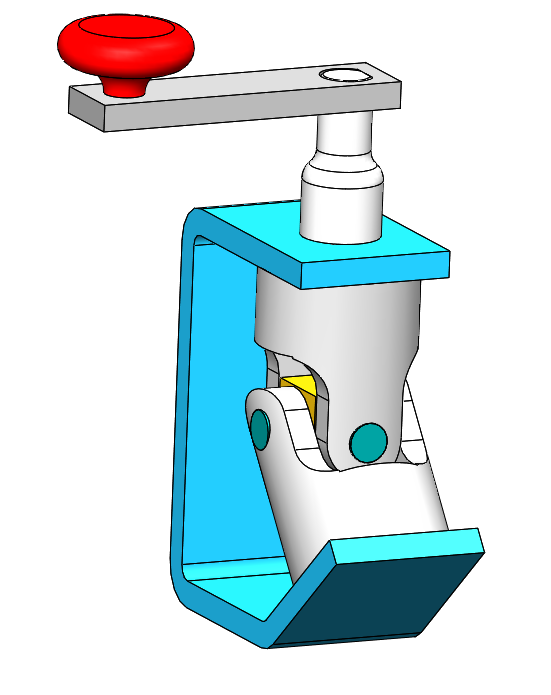
While using the collision detection feature, we notice that our part will not work with the current geometry.
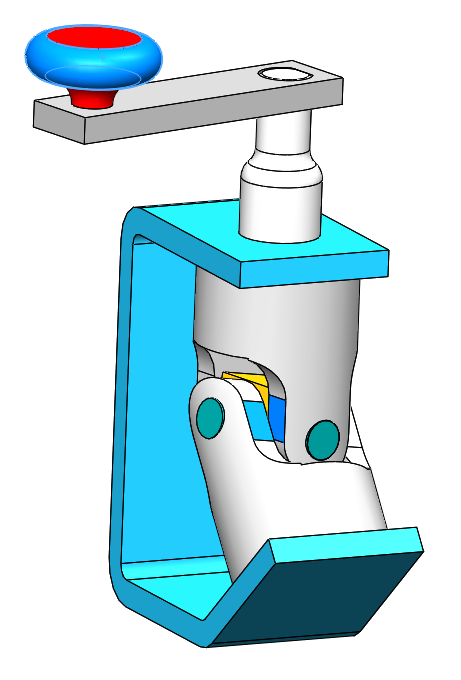
There are a few features that we can use at the assembly level so that we don’t have to go to the part level to change it. These assembly features will always take material away (ie Cuts), as you can’t add material to a part at the assembly level (ie Extude/boss).

For our assembly to work, I need to take some material off the inside edges with a chamfer or fillet. In this case, I’m going to use a 4mm fillet. Once the feature is there, we need to determine if it belongs at the assembly level or the part level. I want these parts to be made with this feature before it gets assembled, so I want to propagate it to the part level.

With “PROPAGATE FEATURE TO PARTS” toggled on, the feature will appear at the part level as well.
Before Fillet:

After Fillet:
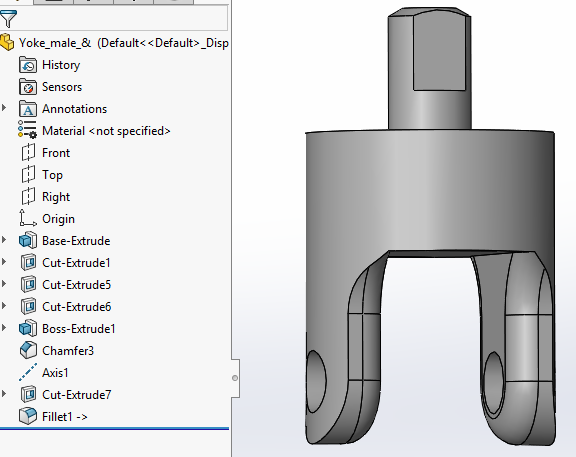
Do notice the out of context arrows appear after the fillet feature. I can Right-Click the feature and choose Edit in Context, and this will open the assembly and the Feature editor. This is a great tool to use to get your fitments correct in the assembly, then make the final changes to your part model without duplicating the work.
Now adding a pin to the bottom of my bracket and Yoke is much easier, and only requires one sketch and feature.
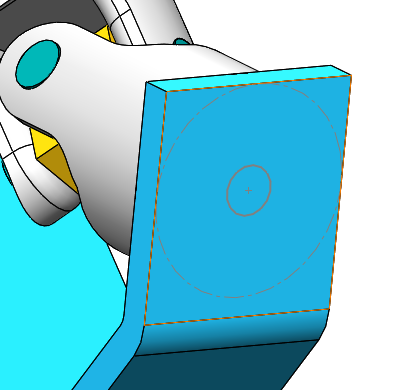
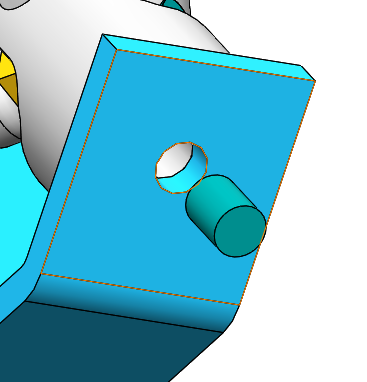
Now my bracket an Yoke have the right hole size and in the correct location.

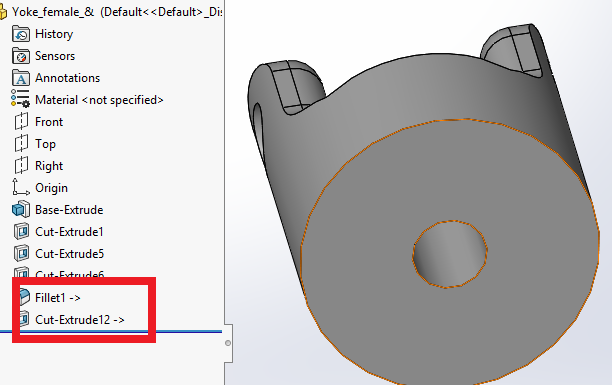
Notice the Yoke has the Fillet and cut that have been derived at the assembly level.
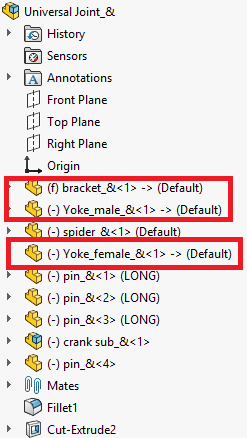
Note the out of context arrows next to our parts in the assembly tree. This tells us that parts have features that are not built exclusively at the part level. It’s recommended that once your designs are finalized and complete, that you go through your parts and break the out of context references. This is to ensure that part changes are not accidental, and it also helps with load times as features don’t have to load other parts in the background to work.
For more information on how to cut ties to your External References please follow this SOLIDWORKS link.
Craig Maurer
Applications Engineer
Computer Aided Technology

 Blog
Blog